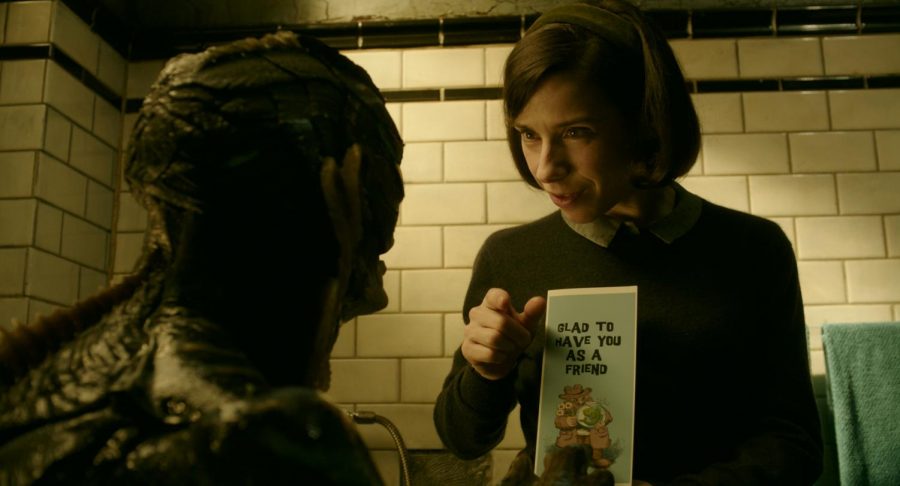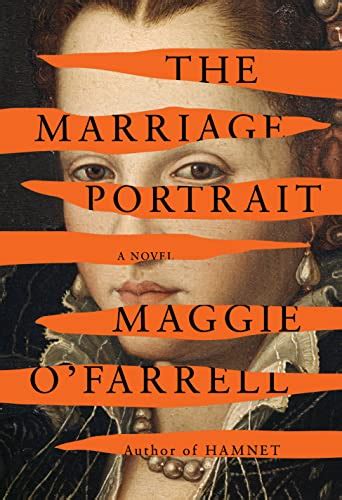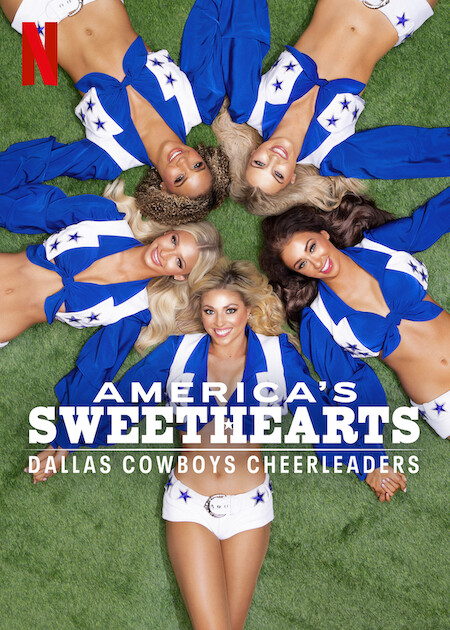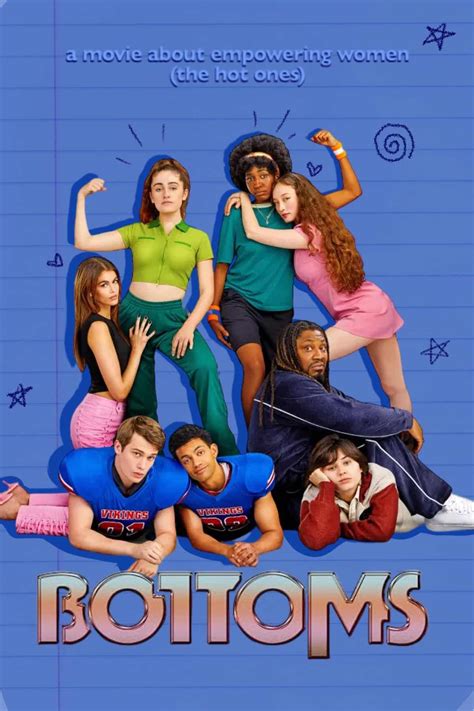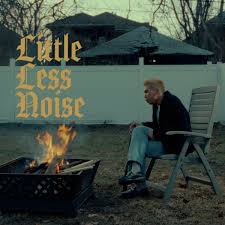Into the depths of ‘The Shape of Water’ with Guillermo del Toro
December 14, 2017
It’s really unconventional to have two of your main characters in the film not be able to communicate with each other in a conventional way. What was the decision or the influence behind having that decision?
The first thing is that I think that words can lie but looks cannot. I wanted to have characters that were able to communicate to the audience their emotions and their love through looks, touch, and body language and essence, because it’s impossible to talk about love. You can sing about love but you cannot talk.
The idea is that sadly, the main character, Elisa, and the creature have this in common. They are not looked at as complete beings, and yet they are. They are reduced to ideologies or ideas that are more reductive than their complexity, to the point that the creature is actually read by different people as different things throughout the film. For the antagonist, to Strickland, he is read as a filthy thing that came from South America, for the Russian scientist he’s seen as the magic of nature and science, and to Elisa it’s part of her essence that she recognizes.
Elisa is also read as different things for the other characters. For Octavia Spencer she basically is a listener to her inner monologues, for Giles she’s almost like a daughter, and for Strickland she’s a woman that he wants to dominate, or that he thinks he controls because she’s under his employment, and she’s much more than that. The only one that sees Elisa exactly as she is without seeing her incomplete is the creature, is this elemental God from the Amazon that is as much a singularity as she is. All that is the reason.
There’s also a monologue in the movie that Elisa has, it’s a gesture monologue, a sign language monologue, that plays much stronger when her emotions cannot be channeled by words. Her eyes are more hungry for emotion, her body and her sentiment vibrates through her body, and it is really quite a powerful scene because she cannot talk.
You have this love story that’s told basically in the form of a silent film, which is normally something you see in black and white. Then, we finally get to the scene that isn’t black and white and yet not only does Sally Hawkins’ character have a voice but she is singing and performing. Can you tell us a little bit about the choices that you’ve made in that scene and the choices with going into black and white and not doing a silent film in black and white from the start?
We present the characters through cinema. She lives above a theater. She listens to movie soundtracks and dialogue all day long because it filters through her floor. Then she loves musicals with Giles, to watch them on TV and you see her trying to dance. There’s a magical moment in which her emotions overtake her imagination and she goes to a world in which she has a voice and she can sing, and she can dance and everything is perfect. I think it’s magical because that’s the only way you can talk about love is by singing.
Why didn’t I do it in black and white? Well, the thing that I did do is when I started talking to Sally Hawkins about the part I gave her a Blu-ray kit that had Charlie Chaplin, Harold Lloyd, Buster Keaton, and very importantly Stan Laurel from “Laurel & Hardy” because he can convey a state of grace and a purity by doing nothing, by doing very little. Her body moves very much like a classical black and white movie actress, she moves different than anybody else, and the creature moves different than anybody else.
The misconception we have a lot is that a great actor is an actor that delivers great lines. But in reality a great actor is an actor that listens to the other actors and is present and looks at the other actors and makes them come to be, and Sally has that magic. Without her looking at the creature, for example, you could not have the creature feel alive and worthy of love.

